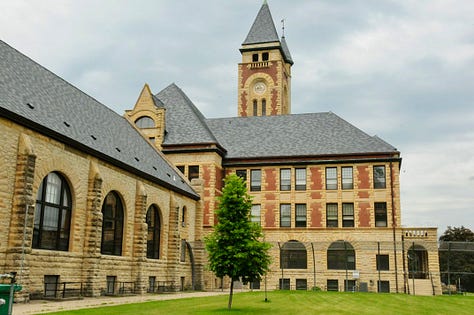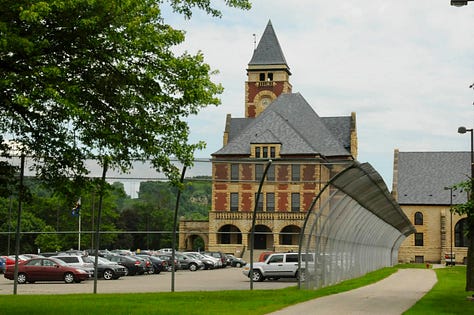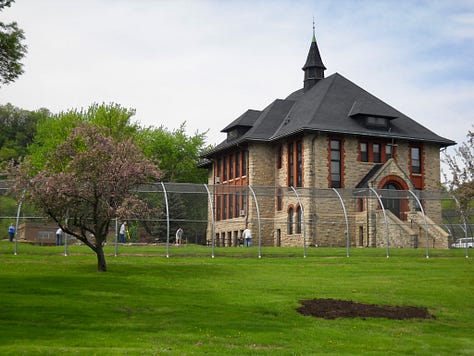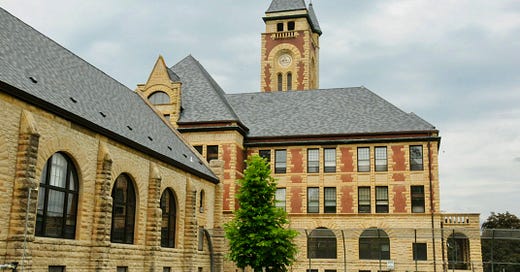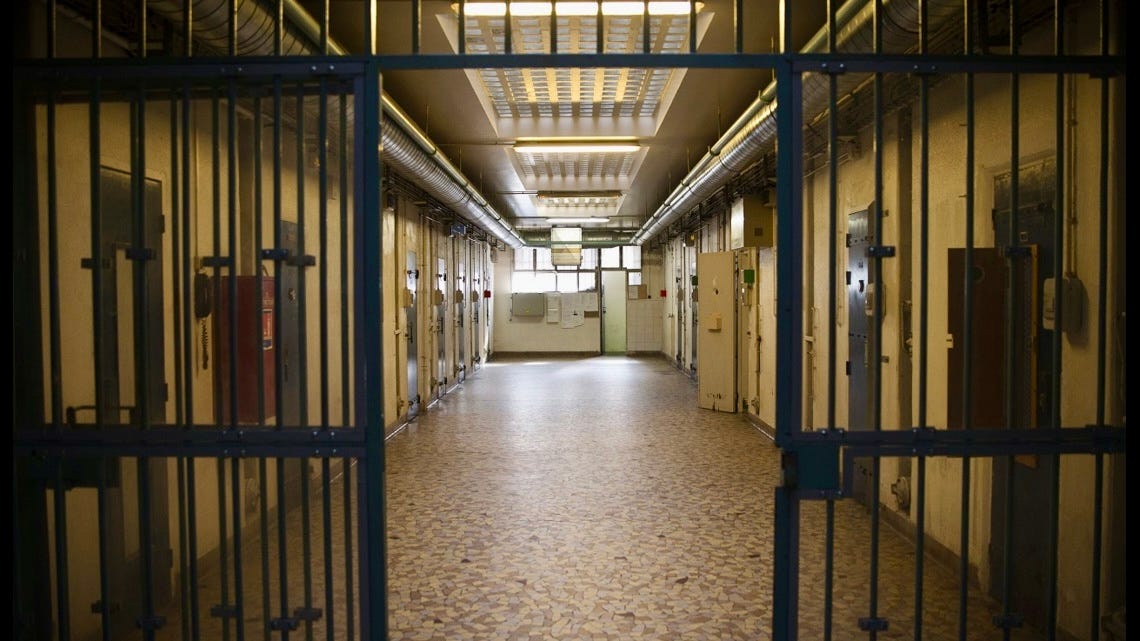The Red Wing juvenile prison
MCF-Red Wing houses male juveniles, typically aged 12 to 19, who have been adjudicated delinquent by the courts
The Red Wing juvenile prison, officially known as the Minnesota Correctional Facility–Red Wing (MCF-Red Wing), is one of the oldest youth detention facilities in the United States. Located in southeastern Minnesota, the institution sits on a campus-style setting near the Mississippi River and has been in operation since 1891.
Purpose and Population
MCF-Red Wing houses male juveniles, typically aged 12 to 19, who have been adjudicated delinquent by the courts. The facility operates under the Minnesota Department of Corrections and is designed to provide both confinement and rehabilitation. While it has a secure perimeter, the focus is not just on custody—it's on trying to redirect young lives through structure, education, and behavioral programs.
Facility and Programs
The prison combines elements of a traditional correctional institution with those of a residential treatment center. Youths placed there are involved in:
Education: MCF-Red Wing operates a fully accredited high school on site. Many youths earn GEDs or high school diplomas during their stay.
Mental Health Services: Licensed therapists and counselors provide trauma-informed care, group therapy, and individual treatment plans.
Chemical Dependency Treatment: Many of the youths struggle with substance use. The facility includes programs aimed at addressing addiction and teaching coping strategies.
Vocational Training: Carpentry, welding, and other trade skills are taught to help with reintegration and employment readiness.
Cognitive Behavioral Therapy: Core programs focus on changing harmful thought patterns and behaviors, emphasizing accountability and decision-making.
Controversies and Reforms
MCF-Red Wing has had a complicated legacy. While it has served as a model of early juvenile justice reform, it’s also faced scrutiny for its past practices. In the early 20th century, it had a reputation for being harsh and punitive. More recently, critics have pointed out issues like:
Over-reliance on confinement for youth with mental health issues.
Racial disparities in who ends up in the system.
Questions about long-term rehabilitation success, particularly regarding recidivism rates.
In response, Minnesota has invested in community-based alternatives and is part of the national trend toward reducing juvenile incarceration. Still, MCF-Red Wing remains an active and important part of the state’s juvenile justice system.
Cultural Footnote
The prison gained some notoriety when it was mentioned in Bob Dylan’s song “Walls of Red Wing”, which he wrote in the early 1960s. Dylan, a Minnesota native, painted the institution as bleak and oppressive, echoing broader criticisms of juvenile detention in that era.
In Summary:
Red Wing is not just a building—it’s a symbol of how society has grappled with juvenile crime for over a century. It reflects a tension between punishment and rehabilitation, order and opportunity, and remains a critical piece of Minnesota’s juvenile justice framework.
